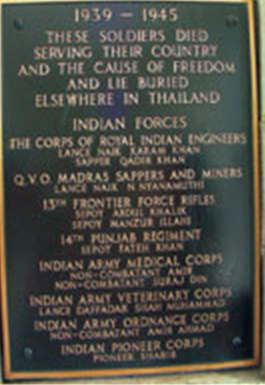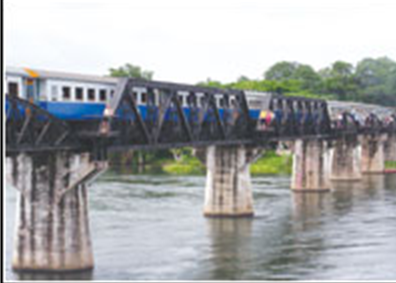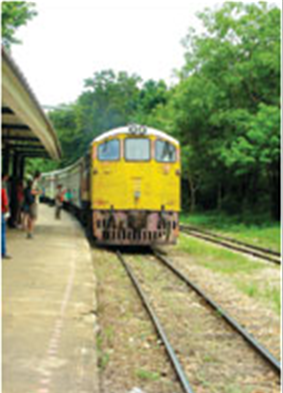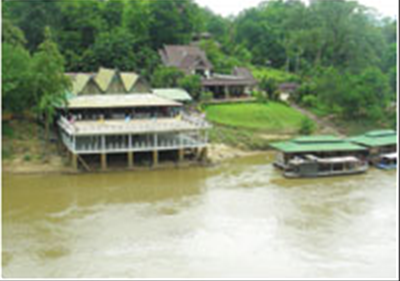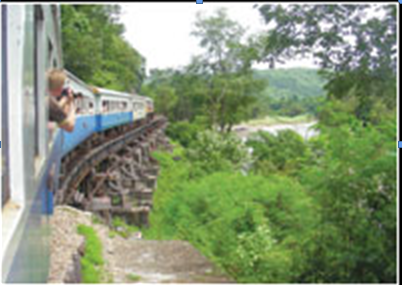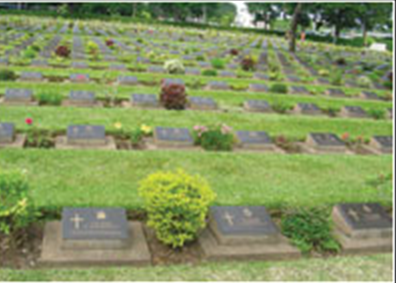Bridge on River Kwai
(Created page with " {| class="wikitable" |- |colspan="0"|<div style="font-size:100%"> This is a collection of articles archived for the excellence of their content.<br/>You can help by convert...") |
|||
| (3 intermediate revisions by one user not shown) | |||
| Line 10: | Line 10: | ||
|} | |} | ||
| − | [[Category:Myanmar| | + | [[Category:Myanmar|K]] |
| − | [[Category:Places| | + | [[Category:Places|K]] |
| − | + | ||
| − | + | ||
| + | ==Bridge on River Kwai== | ||
| − | |||
Text and photos by Munizeh Zuberi | Text and photos by Munizeh Zuberi | ||
| − | [http://dawn.com/ Dawn | + | |
| + | [http://dawn.com/ Dawn] | ||
[[File: Burma .png | |frame|500px]] | [[File: Burma .png | |frame|500px]] | ||
| − | [[File: Burma1 .png | |frame|500px]] | + | [[File: Burma1 .png | |frame|left|500px]] |
[[File: Burma2 .png | |frame|500px]] | [[File: Burma2 .png | |frame|500px]] | ||
| − | [[File: Burma3 .png | |frame|500px]] | + | [[File: Burma3 .png | |frame|left|500px]] |
[[File: Burma4 .png | |frame|500px]] | [[File: Burma4 .png | |frame|500px]] | ||
| − | [[File: Burma5 .png | |frame|500px]] | + | [[File: Burma5 .png | |frame|left|500px]] |
Latest revision as of 19:47, 23 January 2017
This is a collection of articles archived for the excellence of their content. Readers will be able to edit existing articles and post new articles directly |
[edit] Bridge on River Kwai
Text and photos by Munizeh Zuberi
World War II, probably the greatest war in the history of the world, has several momentous events linked to it. Not as well-known as the Normandy landing or the surrender of Japan, but significant nevertheless, is the construction of the Siam-Burma Railway, also dubbed as the ‘Death Railway’.
It was only after the 1957 Oscar-winning film Bridge on the River Kwai, based on the French novel by Pierre Boulle, that its construction was immortalised.
A two-hour drive from Bangkok, the Bridge on the River Kwai is located in the province of Kanchanaburi on the border with Myanmar. A trip there and a ride on the Death Railway is a fascinating, memorable and spine-tingling experience.
Most guided tours, which are quite economical, start with a visit to the Kanchanaburi War Cemetery which contains the remains of 6,982 of the 16,000 Allied prisoners of war who perished during the construction of the Death Railway. A plaque at the cemetery entrance pays homage to the 11 Indian personnel of the British army who lost their lives during the construction of the ‘Death Railway’ and lie buried nearby.
After capturing Manchuria, the expansionist regime of Japan had designs on India for which it first occupied Burma. In order to supply arms and ammunition to the advancing troops in Burma, the Japanese army needed to create a supply route besides that through the Malacca Strait which was susceptible to attack by the Allied forces.
Hence the construction of the 415km long Death Railway began in June 1942 and was completed in record time in October 1943. The conditions that the 200,000 Asian labourers and 60,000 Allied POWs who worked on the construction of the railway had to endure were dreadful, to say the least.
Nearly 100,000 Asian labourers and 16,000 Allied soldiers lost their lives to disease, malnutrition, exhaustion and severe punishment, hence the name ‘Death Railway’. It is said that for every railway sleeper laid, a life was lost.
The construction process of the Death Railway and the conditions the prisoners had to endure are insightfully illustrated in the nearby War Museum.
The legendry, Bridge on the River Kwai (Bridge 277), is a short drive from here and is the most famous portion of the Railway. It is an ordinary bridge per se but its historical significance makes it one of the top tourist attractions in Thailand.
This black iron bridge was the target of repeated Allied bombings during the war and was rebuilt afterwards. Thousands of visitors throng the bridge for a walk which is still in use. A daily train still follows the historical route from Kanchanaburi to Nam Tok Railway Station and if you are there at the right time, you can see the train pass over the Bridge. The scenic ride on the Death Railway (between Nam Tok and Thakilen stations) is dramatic and thrilling. Passing over flatland in surprising speed, the railway line curves and turns along the river Kwai, passing over the very dangerous looking wooden viaduct built along the mountain.
The train ride is an ultimate travel experience but also a subduing one as it constantly reminds one of all those who perished during its construction.
